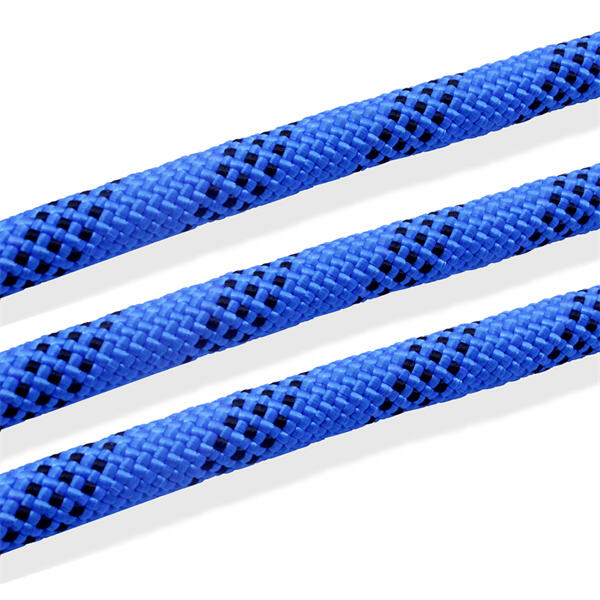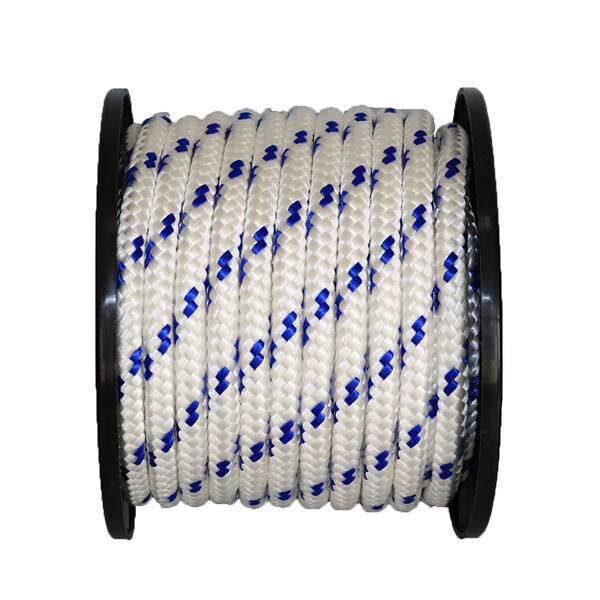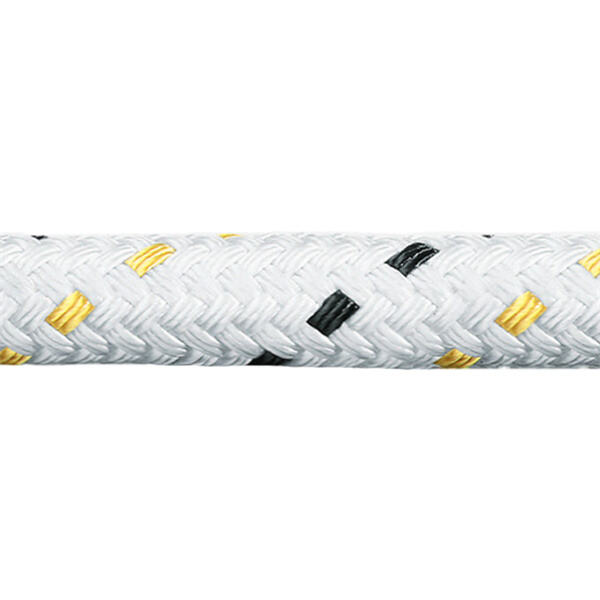Knotted ropes are essential apparatus for serious climbers. Rock climbing is a great sport that allows you to ascend high into the sky it can be exhilarating and liberating! However, having fun while climbing is also very important. The tied piece in the rope is really helpful in having you safe and sound in the climb. Here, we will provide a little more background on knotted ropes, how they work, and some good practices for climbers. A knotted rope is a coarse and heavy subtype of Corda de alpinismo. It is made with sturdy materials able to support a person’s weight without breaking. This is critical because when you're climbing, you want the rope to be able to hold your weight. The rope from New Coast has knots tied into it, which assist climbers as they ascend it. The knots are positioned in a way where the ascent is safe and seamless. They offer something for climbers to hold onto to help them feel steadier the higher they go.
If you are a beginner climber, one important thing you need to know is how to tie knots properly. Getting the appropriate knots tied is critical to your safety while climbing. Climbers use many different types of corda de escalada knots. A few common knots are Bowline, Figure Eight, double fisherman, and Clove Hitch knots. Some knots are used for certain tasks, while others perform differently, and they can have a big impact on the way you climb. These New Coast knots need to be practiced before you hit the climb. Begin with a basic knot that you can easily learn, and as you become practiced, explore more complex knots. Also, there are instructional videos on the internet which walks you through making the knots one step at a time. One other good idea is to take classes where they will show you to tie knots on safe way and in right way.

Knotted ropes are what keep you safe when you’re up on the rock. The absence of Corda de escalada estática from New Coast would make climbing relatively dangerous and risky. The knots are something to hold on to, and this can help keep you from falling. This is the reason that a knotted rope is so essential when you are climbing.

Knotted ropes are also super efficient as you can take them easily with you on sporadic climbing sessions. You can bundle them up without taking up much space in your gear. These New Coast Corda de escalada ao ar livre are very strong and capable of handling the abuse, thereby, getting a longer life span. This means they are must-have tools for both new and experienced climbers.

A good practice to adopt is checking the condition of the rope regularly to ensure you are not using a worn out, fraying piece of hardware. All these safety tips notwithstanding, if you see that there’s any sign of injury on the rope’s body (like fraying) then make sure to replace it as soon as possible so that you can stay out any risk.
A New Coast Rope fornece serviços de corda com nós para clientes de escalada em todo o mundo, exportando para mais de 50 países. Estamos felizes em poder tocar em você. Entre em contato a qualquer momento, solicite informações e tenha dúvidas.
Oferecemos corda com nós para escalada de produtos. incluem 3 fios, 8 fios e 12 fios, trançado duplo, linhas de ancoragem. Linha utilitária corda trançada oca corda trançada sólida, corda de barraca de pára-quedista, rede de corda de batalha. Diferentes comprimentos, diâmetros, cores, embalagens de acessórios de metal e logotipos obtiveram certificação de produto
O novo fabricante de corda com nós de corda costeira para escalada de fibra química inclui produção de desenvolvimento de pesquisa, fabricação de vendas junto com assistência técnica. Principalmente, eles produzem PP Mono PP Multi. Além disso, náilon (poliamida), poliéster, UHMWPE, etc. diâmetros de 4 mm a 160 mm.
Nova corda com nós costeiros para escalada com as seguintes características: alta resistência, baixo alongamento, antidesgaste e anticorrosão. os indicadores de desempenho da corda são padrões aplicáveis à linha, tanto nacionais quanto internacionais. Os produtos amplamente utilizados hoje em dia são engenharia naval, defesa de transporte oceânico, engenharia de conservação de água para reboque de portos de defesa nacional.